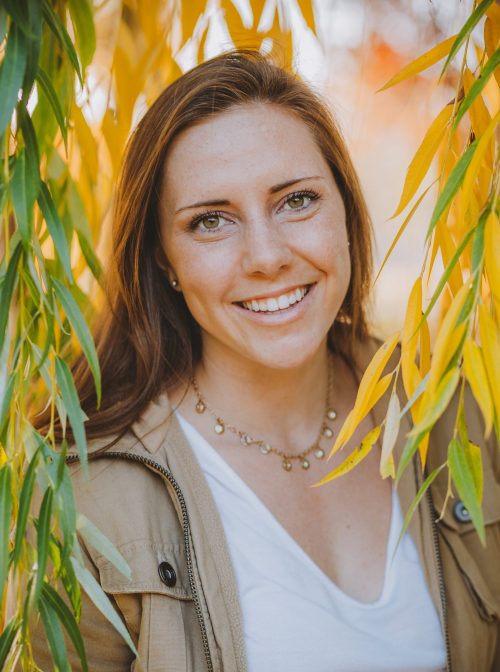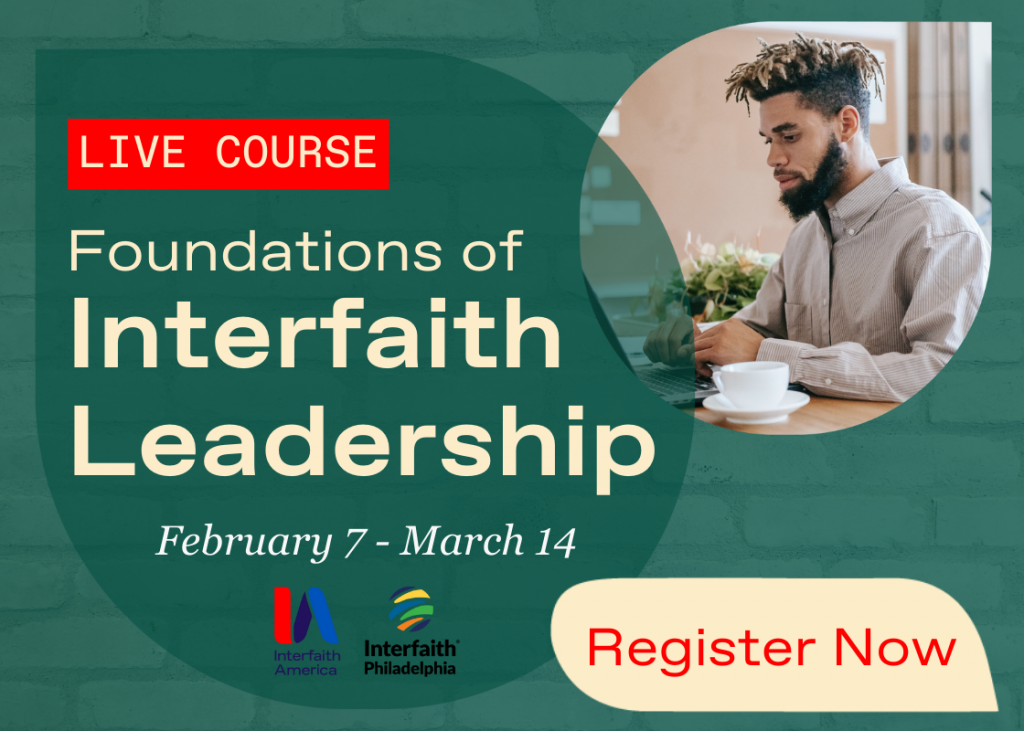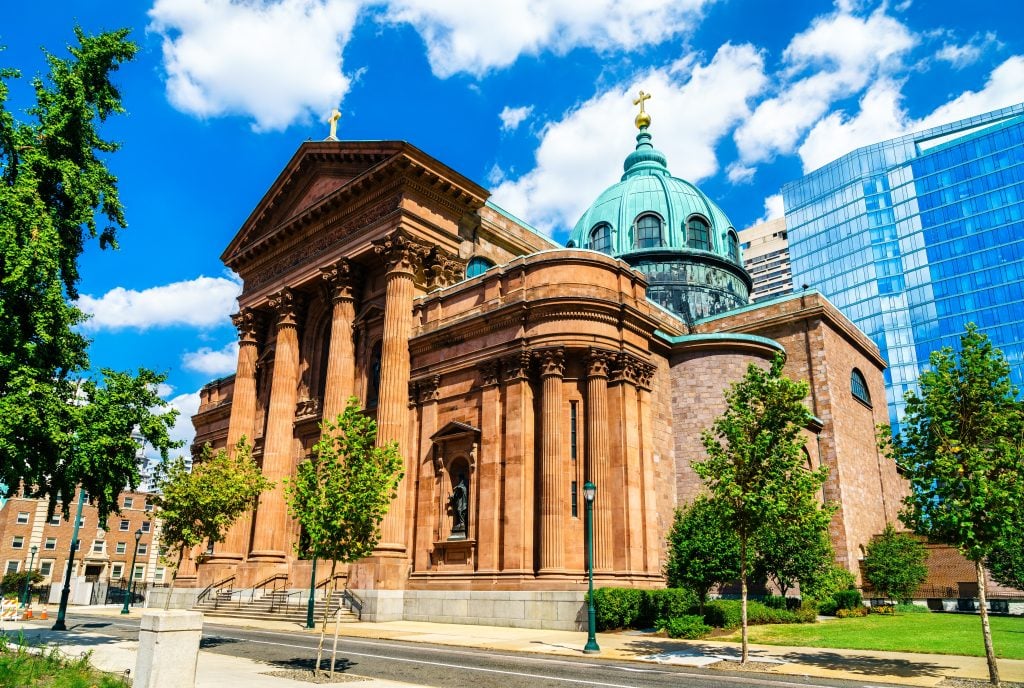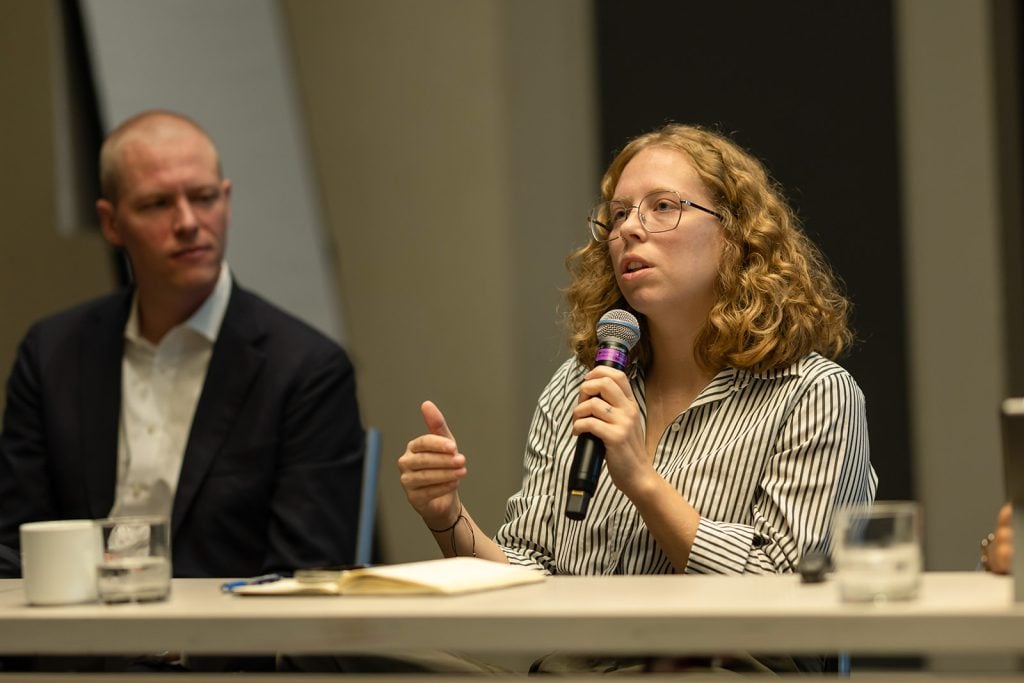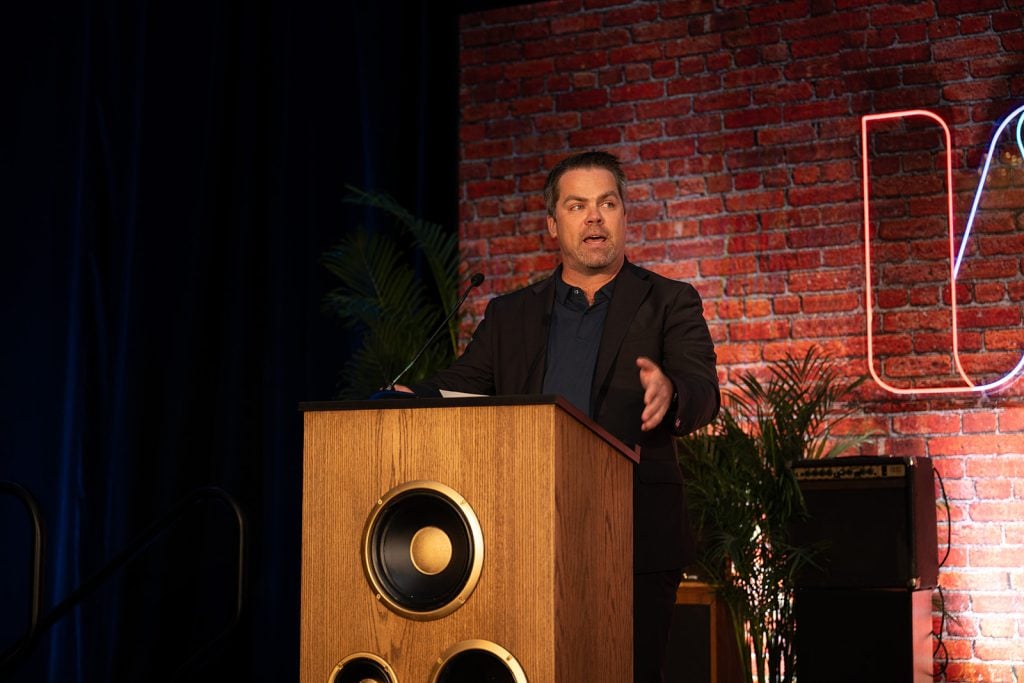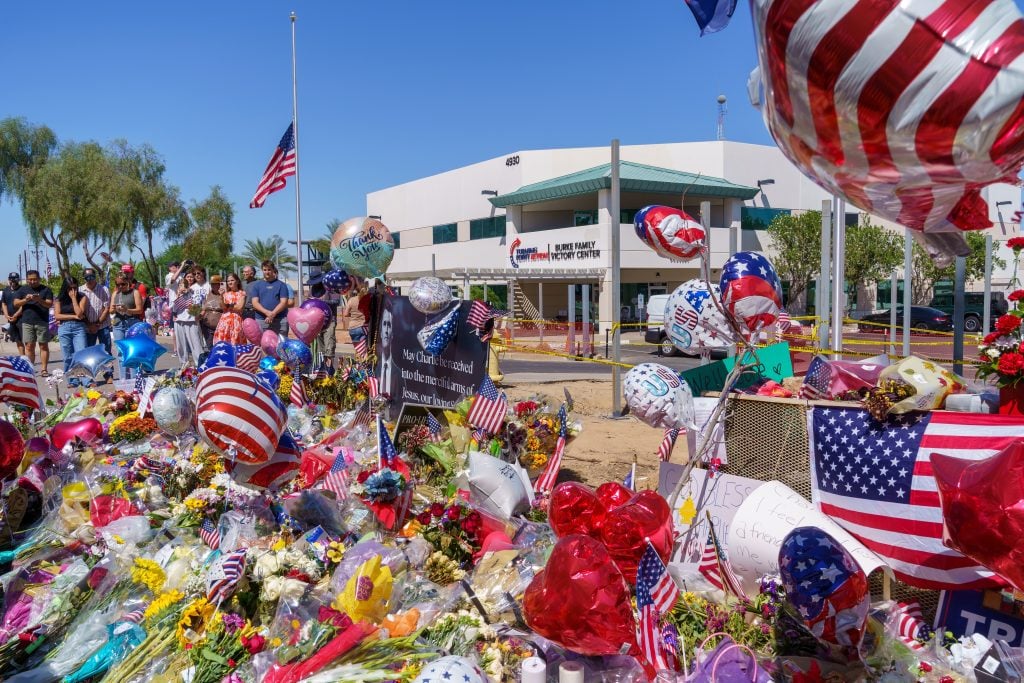Foundations of Interfaith LIVE is an interactive online course co-taught by Interfaith America and Interfaith Philadelphia.
The next session of the class, which runs from February 7 to March 15, offers a blend of live video conferences and self-paced assignments and culminates with a certificate of interfaith leadership. Enroll here, and read a testimonial below from Paulina Thurmann, an educator from Seattle who took the course this fall.
She’s already implemented some of the course’s listening and storytelling techniques in her classroom, and she described Interfaith LIVE as a “mind-blowing” opportunity to build leadership skills.
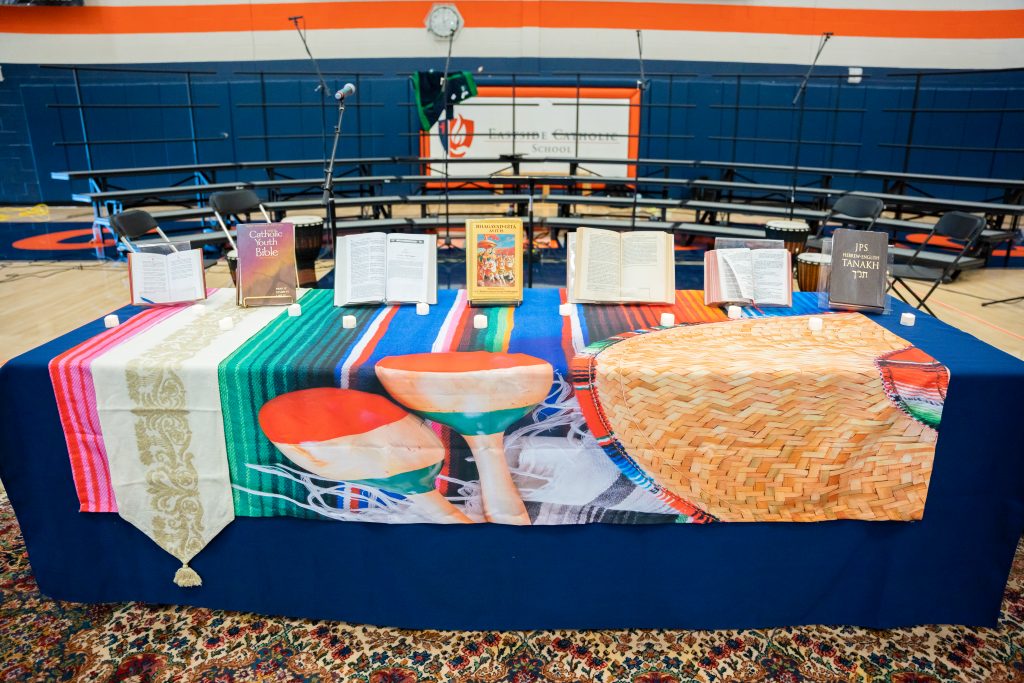
Name: Paulina Thurmann
Age: 23
Profession: Religion teacher and campus minister at Eastside Catholic School, a school for 6th through 12th grade students in Sammamish, Washington, outside of Seattle. Prior to that, she taught Catholic social teaching to 10th graders at Cristo Rey Philadelphia High School.
Academic background: Paulina went to Gonzaga University in Spokane, Washington, where she majored in sociology, social justice and leadership.
Worldview background: Catholic. She grew up in a parish in San Jose, California, where public service was an important part of its mission. “I grew up in this ‘church is not just church’ mindset. You have to do something with your faith. It has to go beyond the church walls, to our myriad brothers and sisters beyond the church walls who may have not been dealt the same set of hands we have, and it’s our responsibility to walk with them.”
Interfaith experience: At Gonzaga, Paulina read one of Eboo Patel’s books in a leadership class, and she later received a grant from Interfaith America to help facilitate a class on interfaith leadership and race.
Why she enrolled in the Foundations LIVE certificate course: For Paulina, the class was a professional development opportunity. At her school, Paulina connects students to community service opportunities and teaches a class about Catholic beliefs and practices. She wants her students to leave her class with “a mindset of openness and willingness to dialogue with those different than themselves.”
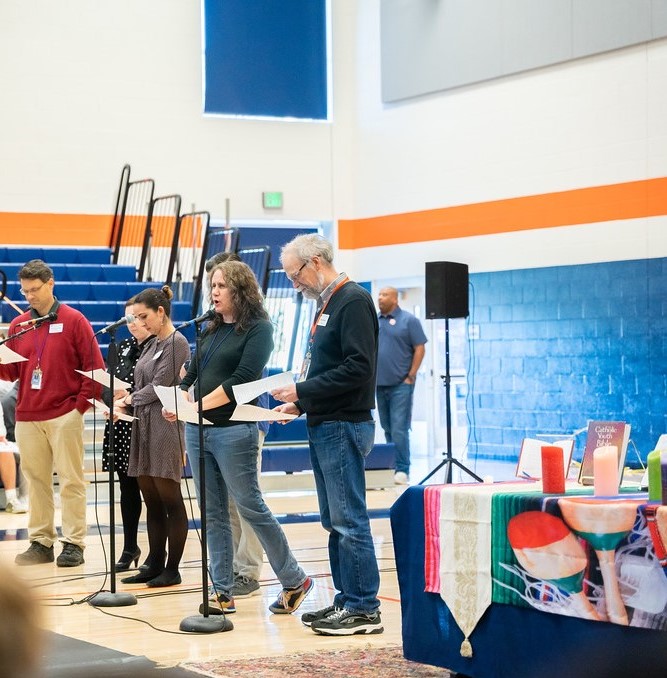
Initial impressions of the class: “Immediately from day one,” Paulina says she noticed something special about the class as she met her classmates and Interfaith Philadelphia facilitators. “I left that meeting and immediately told my boss this is by far the most diverse Zoom group or any group I’ve ever been a part of. It was mind-blowing. We had about 50 people there and it was probably about 50 different takes on life — [different] regions, worldviews, races. I genuinely thought, I’m going to learn just by listening to the people in here.”
Following up: Paulina has already used one of Interfaith Foundations LIVE’s listening and storytelling exercises in her own classroom. In late November, she coordinated an interfaith Thanksgiving service for about 1,000 people at her school. While her school is about 80% Catholic, the school community represents about two dozen different religions and worldviews. During the service, Paulina played an Interfaith America video, the school choir sang a song from a Zimbabwean choir, and students painted about 50 posters with the words “thank you” in different languages. “It was probably one of the most beautiful services I have ever been to,” Paulina said. “We had students speaking petitionary prayers in different languages — 10 different students, speaking in their native tongue: French, Korean, Mandarin, German.”
Biggest Takeaway: “The conversations I had here. To be in a room that’s so accepting and so gracious, to be able to offer feedback openly in a safe space, you just don’t come across that every day.”
